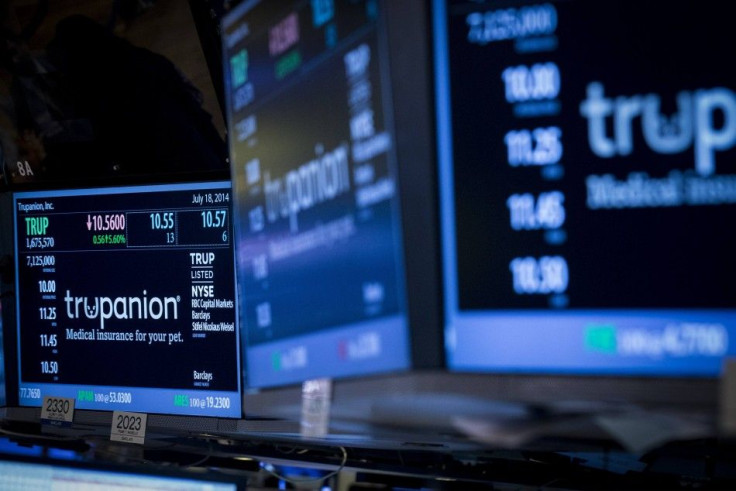Global Markets Overview – October 2, 2014

First signs of a global side
The small cap space in the US finally breached the 10% correction level overnight as the Russell 2000 extended its slide.
The next 30 trading days feels like mid-2012 - just before the 'whatever it takes' rally that drove global markets to record highs. It also feels distinctly like early 2011, when there were jitters around China and the eurozone crisis. Growth and inflation numbers currently look weak.
There were two very large crossroad events in the preceding six-to-twelve months, which could result in two very different outcomes. The trading reactions in the US markets illustrate that risk assets are living on borrowed time and, at risk of repeating myself, the US futures trigger I have been waiting for (a 5% pullback or more) is edging toward reality now - it's off 3.67% since the high in September. The S&P itself crossed and closed below its uptrend line.
What is making this even more interesting from an Australian-centric point of view is the fact bonds rallied hard overnight; yields fell 11 basis points. In the past two and half years, signs of overcrowding in the bond space and depressed yields drove investors into equity yields. This provided the backdrop to the major funding support for the rally in the banks, utilities, telecommunications and conglomerates. Yesterday's bank rally shows there is still plenty of support out there for the yield trade - the rally was relatively well bid.
However, the volatility in the global market is likely to overwhelm the yield buying and all risk assets. Equities are going to feel the pinch of a market pullback. If the US market does indeed react as we suspect, it will post the asset purchase program on 1 November, coupled with speculation around the raising of the Fed funds rate. 'Risk off' and the removal of excess cash in the markets is the most likely outcome, as is further repatriation of profits as a by-product.
Calling the end of the bank trade is a very hard call to make, considering the strength it has seen over the last few years. Having said this, I do see a consolidation forming but it is unlikely to lead to a rally back to levels seen in August - unless the AUD rallies against the USD and JPY, that is, illustrating international funds are returning to the trade.
The trade will become attractive again, as value will begin to appear. However, in a risk-off event like the markets are currently facing, not much is spared as investors look to cash out profits.
Ahead of the Asian open
China remains on holidays as they continue to celebrate their National Day and that will again keep volumes below the 30-day average. The yen stepped back from the psychological barrier at ¥110 and the strength seen in the US session may mean there is a negative impact on the seven-year high in the Nikkei.
We're currently calling the ASX 200 down 42 points to 5292, which would mean all the gains made yesterday would be handed back on the open. The Australian trade balance is due at 11:30am AEST. Expectations are for the deficit to have contracted to $700 million. However, the market will be looking to the export number to see if the slide in commodities could have been offset by supply volumes. Strength here may add upset to materials and energy plays.
[Kick off your trading day with our newsletter]
More from IBT Markets:
Follow us on Facebook
Follow us on Twitter
Subscribe to get this delivered to your inbox daily





















